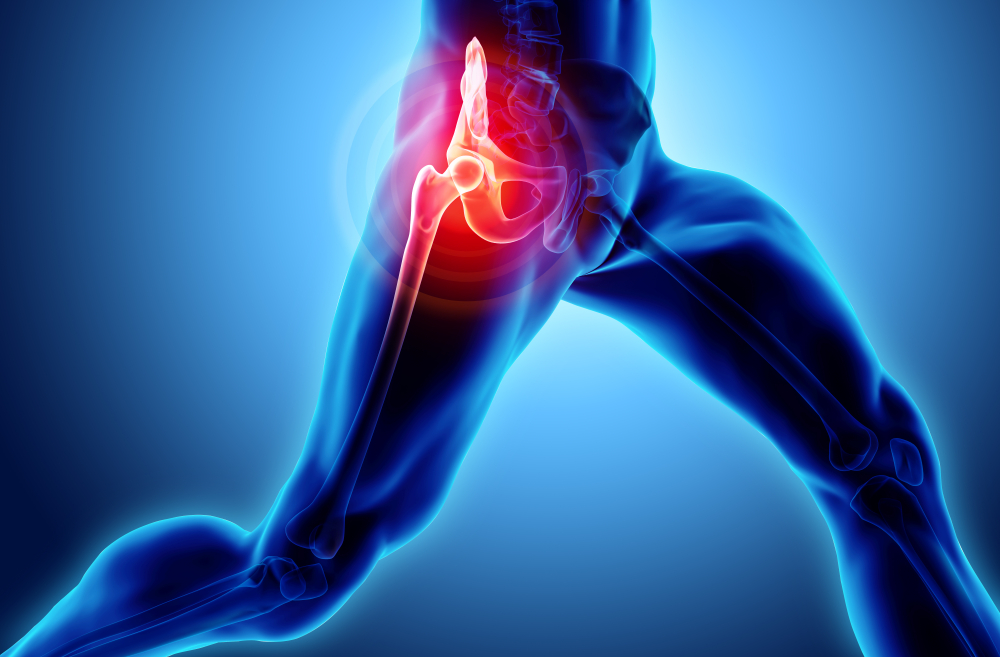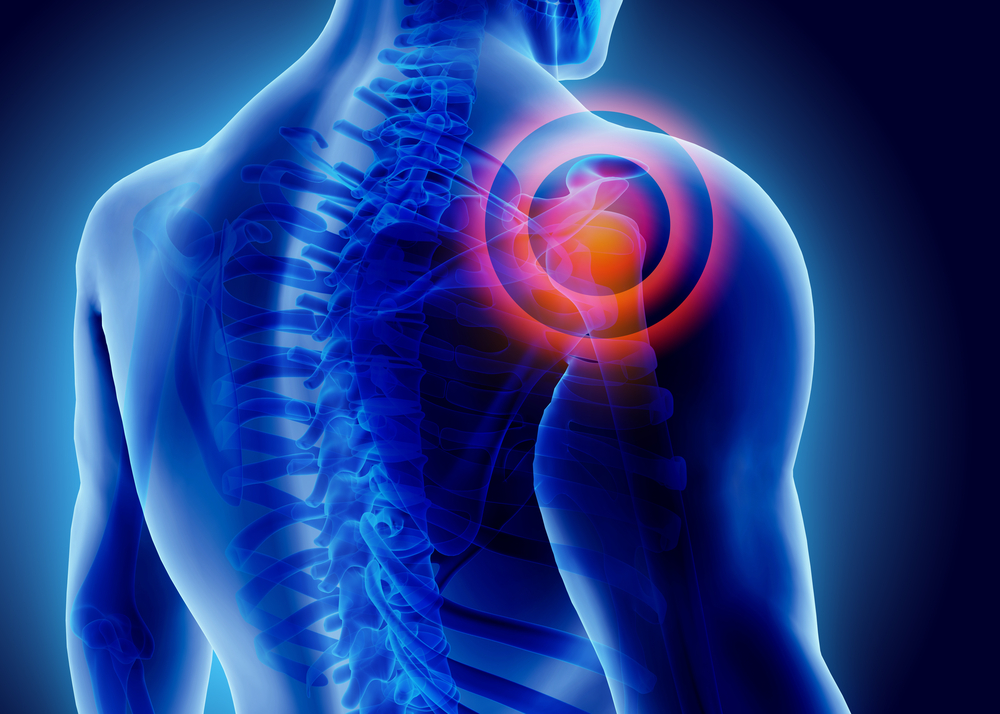Aims This study was designed to assess whether intracoronary application of adipose tissue-derived stem cells (ADSCs) compared with bone marrow-derived stem cells (BMSCs) and control could improve cardiac function after 30 days in a porcine acute myocardial infarction/reperfusion model.
Methods and results An acute transmural porcine myocardial infarction was induced by inflating an angioplasty balloon for 180 min in the mid-left anterior descending artery. Two million cultured autologous stem cells were intracoronary injected through the central lumen of the inflated balloon catheter. Analysis of scintigraphic data obtained after 28 ± 3 days showed that both absolute and relative perfusion defect decreased significantly after intracoronary administration of ADSCs or BMSCs (relative 30 or 31%, respectively), compared with carrier administration alone (12%, P = 0.048). Left ventricular ejection fraction after 4 weeks increased significantly more after ADSC and BMSC administration than after carrier administration: 11.39 ± 4.62 and 9.59 ± 7.95%, respectively vs. 1.95 ± 4.7%, P = 0.02). The relative thickness of the ventricular wall in the infarction area after cell administration was significantly greater than that after carrier administration. The vascular density of the border zone also improved. The grafted cells co-localized with von Willebrand factor and alpha-smooth muscle actin and incorporated into newly formed vessels.
Conclusion This is the first study to show that not only bone marrow-derived cells but also ADSCs engrafted in the infarct region 4 weeks after intracoronary cell transplantation and improved cardiac function and perfusion via angiogenesis.
URL: https://eurheartj.oxfordjournals.org/content/28/21/2667.short


